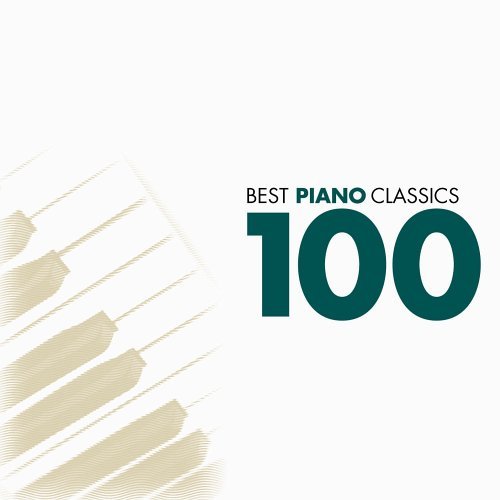Item is not available
member goods
No member items were found under this heading.
listens & views

STOMP & SWERVE: AMERICAN MUSIC ...
by STOMP AND SWERVE: AMERICAN MUSIC GETS HOT / VARIOUS
COMPACT DISCout of stock
$17.49

DESTINATIONS: ORCHESTRAL WORKS FROM LATIN ...
by LORENZ / ELIZONDO / CERVETTI / VASQUEZ / TENREIRO
COMPACT DISC$17.75
Return Policy
All sales are final
Shipping
No special shipping considerations available.
Shipping fees determined at checkout.





